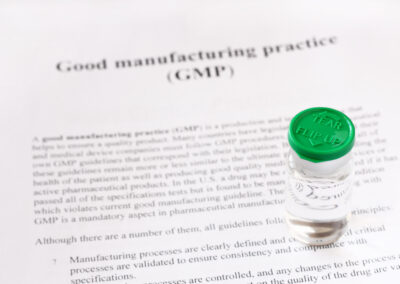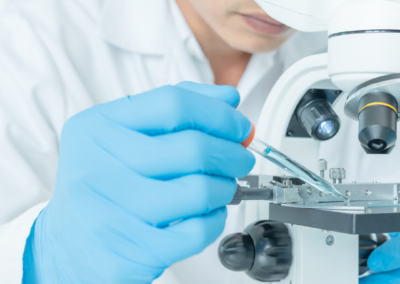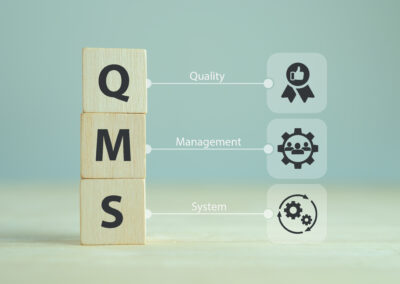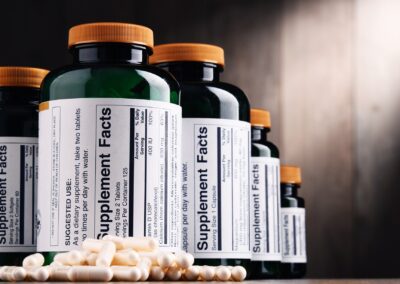Electronic Quality Management Systems (eQMS) are great tools for managing CAPAs, complaints, supplier management, ...
In the pharmaceutical and medical device industries, Good Manufacturing Practices (GMP) are essential for ensuring ...
Ensuring patient safety is paramount in the pharmaceutical and medical device industries. One critical area of ...
The intersection of HIPAA compliance and FDA reporting can sometimes present a unique challenge for pharmaceutical ...
President-elect Donald Trump recently announced his selection for the new leader of the Centers for Medicare and ...
A Quality Management System (QMS) is a framework of processes and procedures that helps a company make products ...
With the increasing regulatory demands in the life science industry, compliance can be challenging. Start-ups, ...
Global regulations are constantly shifting and changing in the pharmaceutical and medical device industries. It ...
As our population ages and people live longer, memory supplements have begun to increasingly grow in popularity. ...
The FDA’s Center for Veterinary Medicine (CVM)’s goal is to ensure the safety and efficacy of animal drugs ...
Laboratory-developed tests (LDTs) are tests done on human samples such as blood, saliva, or tissue to check for ...
If you’re eating a delicious fish for dinner, there is a high likelihood that it was produced via aquaculture, ...

























